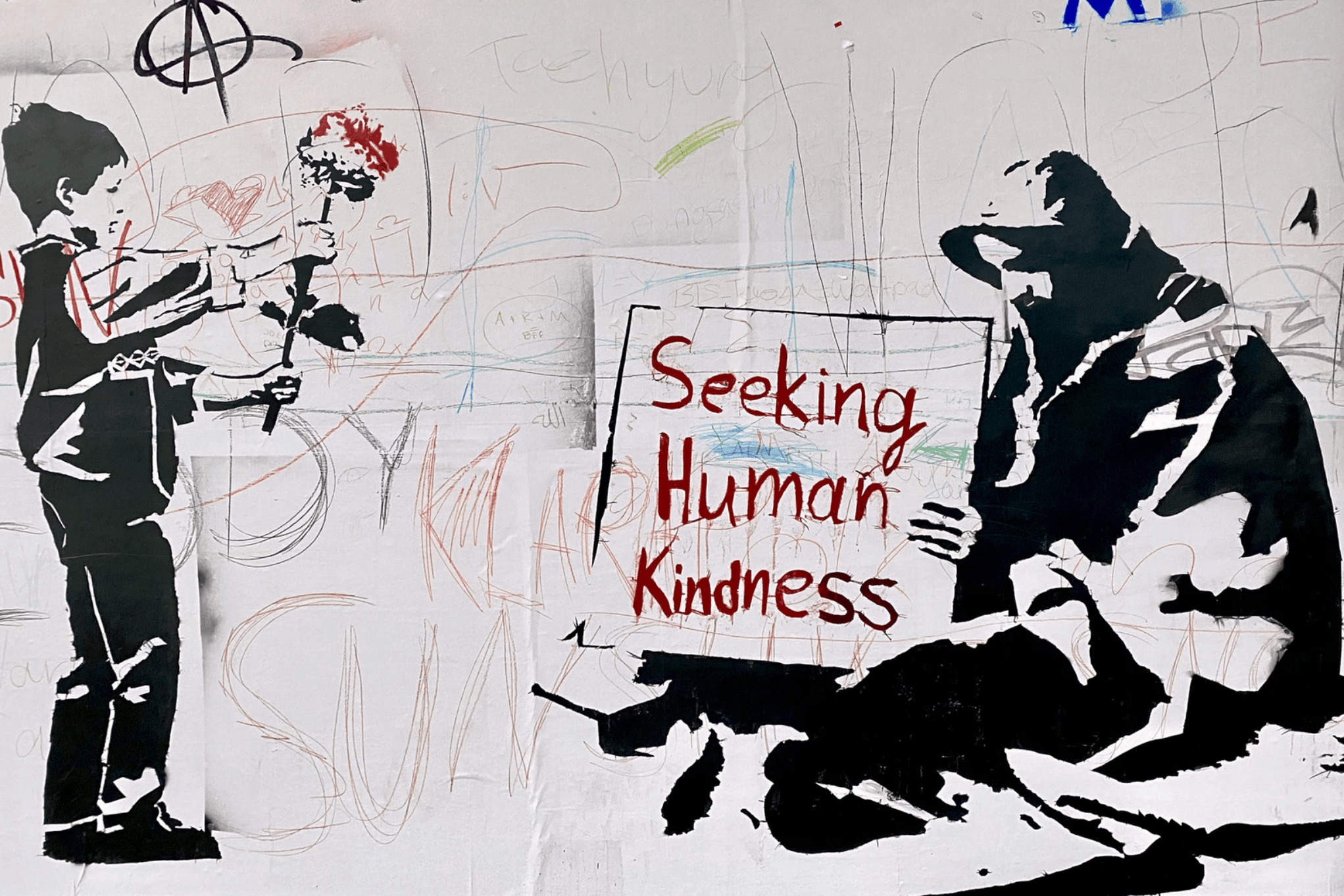
In Australia, the issue of homelessness remains a pressing social concern, affecting a significant portion of our population. According to the Australian Bureau of Statistics (ABS), on Census night in 2021, over 122,000 individuals were estimated to be experiencing homelessness – a stark increase from 116,000 in 2016. This alarming trend highlights the urgent need for comprehensive strategies to address the underlying causes of homelessness and the adverse health, social and economic outcomes associated with it.
People experiencing homelessness and those at risk of homelessness are among the most socially and economically disadvantaged groups in our society. The ramifications of homelessness extend far beyond the immediate lack of shelter; they encompass a myriad of health problems, social isolation, and economic instability. Research indicates that individuals experiencing homelessness face a higher risk of adverse health outcomes, including malnutrition, dental issues, and chronic illnesses. The vulnerability of this population is exacerbated by exposure to violence and victimisation, long-term unemployment, and the development of chronic health conditions. Disturbingly, people experiencing homelessness have significantly higher rates of mortality and chronic illness compared to the general population.
The intersection of health issues and homelessness creates a vicious cycle that is difficult to escape. Individuals facing health challenges while experiencing homelessness often struggle to manage their conditions effectively, leading to the exacerbation of chronic health issues. This, in turn, diminishes their capacity to maintain well-being, secure employment, and establish stable housing, further entrenching them in a cycle of instability.
The demographics of homelessness in Australia reveal a concerning picture. In 2021, 56% of those experiencing homelessness were male, with 58% under the age of 35. Notably, 20% identified as Aboriginal and Torres Strait Islander, underscoring the disproportionate impact of homelessness on First Nations communities (ABS, 2023). Among those experiencing homelessness, 39% were living in severely crowded dwellings, while 20% were in supported accommodation. A significant 6.2% were found living in improvised dwellings, tents, or sleeping rough.
The General Social Survey provides further insights into the health status of individuals who have experienced homelessness. In 2019, an estimated 2.2 million Australians aged 15 and over reported having been without a permanent place to live at some point in their lives. Alarmingly, around 75% of these individuals stayed with friends or relatives, while 34% experienced rough sleeping. The leading cause of their most recent experience of homelessness was a relationship or family breakdown, affecting nearly half of those surveyed.
Recent research from the Australian Institute of Health and Welfare has shed light on the tragic reality of preventable deaths among the homeless population. Nearly 1,500 individuals succumb to preventable deaths each year, a sobering statistic that underscores the urgent need for a comprehensive response to this crisis. Over a decade, approximately 12,500 individuals who accessed homelessness services lost their lives, with a death rate among this group 1.8 times higher than that of the general population. The annual death toll has surged from 914 in 2012-13 to 1,489 in 2021-22 – a staggering 63% increase in preventable deaths.
These statistics are not mere numbers; they represent lives lost, stories untold, and potential unrealised. Over half of the deaths during the study period occurred among individuals aged 35 to 54 years, while over 1 in 10 deaths were among those aged 25 to 34. Even more heartbreaking is the fact that 1 in 100 deaths – approximately 160 – were children under the age of 14. These figures highlight the vulnerability of various age groups within the homeless population and the dire consequences of inadequate support systems.
The rise in preventable deaths among homeless individuals calls for immediate action from policymakers, community organisations, and society at large. It is imperative that we address the root causes of homelessness, including poverty, mental health issues, substance abuse, and lack of access to affordable housing. We must ensure that adequate support services are available and accessible to those in need, providing not only shelter but also comprehensive healthcare, mental health support, and pathways to employment and stability.
As a society, we must recognise that homelessness is not merely a personal failing but a systemic issue that requires collective responsibility and concerted efforts to combat. Each statistic represents a life lost, a story untold, and a potential unrealised. It is crucial that we advocate for policies that prioritize the health and well-being of the most vulnerable among us.
The findings from the Australian Institute of Health and Welfare serve as a wake-up call. We cannot turn a blind eye to the growing crisis of homelessness and the preventable deaths that accompany it. Let us unite in our efforts to create a more compassionate and just society, where every individual has the opportunity to thrive and live with dignity.
Raising awareness, advocating for change, and supporting initiatives aimed at reducing homelessness and its associated risks are essential steps we must take. Together, we can work towards a future where no one is left behind, and where the tragic loss of life due to preventable circumstances becomes a thing of the past. It is time to act, to care, and to create lasting change for those who need it most.



